If you’ve ever been young and full of dreams …. If you ever headed to the big city with your imagination teeming with the prospect of joining the generations of those who came before you and left their mark … this is a poem for you. Think Paris, New York, London – any great and storied city that has been home of the giants on whose shoulders you seek to stand or at whose feet you seek to worship.
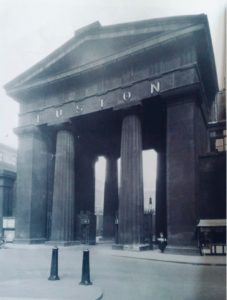
Think New York where Mark Twain has a drink with Dorothy Parker at the Algonquin then meets Edward Hopper and Zora Neale Hurston at a diner while Walt Whitman and Edith Wharton take a stroll in Central Park with J.D.Salinger and see Henry James shopping with Sylvia Plath who just had breakfast with Truman Capote now hopping a cab to Brooklyn to see Norman Mailer while Edna St. Vincent Millay meets Frank O’Hara on the ferry to Staten Island to find Joan Baez who’s sheltering with Paul Bowles before heading to the Village to meet Bob Dylan and uptown for a date with James Baldwin while Ella Fitzgerald wails the Blues and Herman Melville takes the ‘A’ Train with Langston Hughes to visit Duke Ellington.
You get the idea.
I love finding a poem that sets off a train and trail of imagination, memory, and discovery.
Here’s ‘Night City’ by W.S. Graham who grew up in a working-class home in Clydeside, Scotland and who headed for the city paved with cultural gold age 19 with his head fully stuffed.
The Night City
Let’s take it piece by piece:
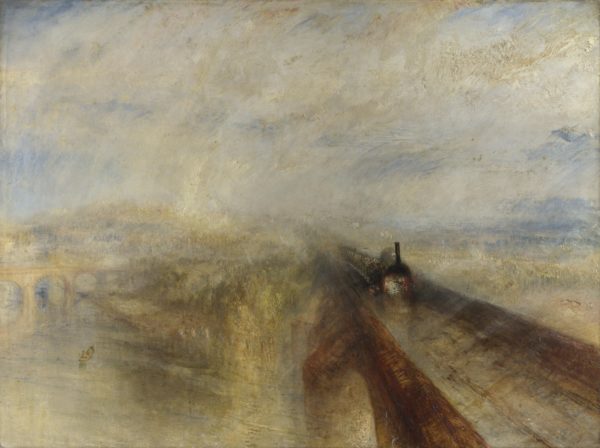
There’s no one to meet our hero. He must seek his own friends and fortune.
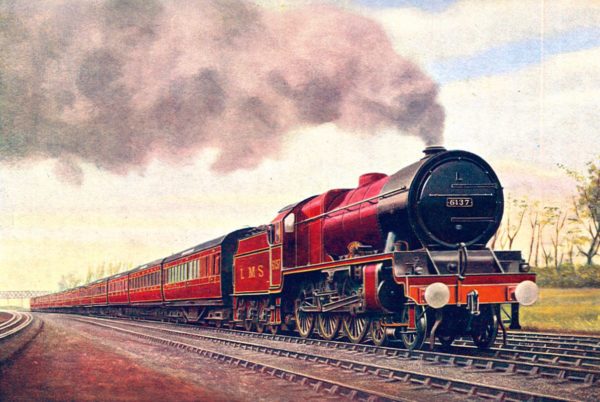
Hauled by “Royal Scot” Locomotive, No.6137 “Vesta”.
First introduced in 1862, the Royal Scot – ran non-stop from Euston to Glasgow and left simultaneously from both stations at 10am. Our adventurer probably did not travel on the Royal Scot as he arrives at night.
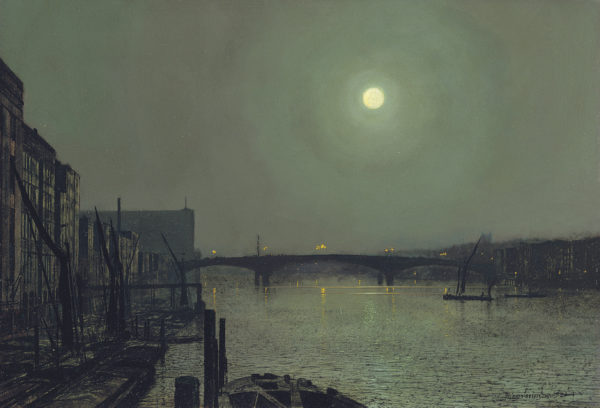
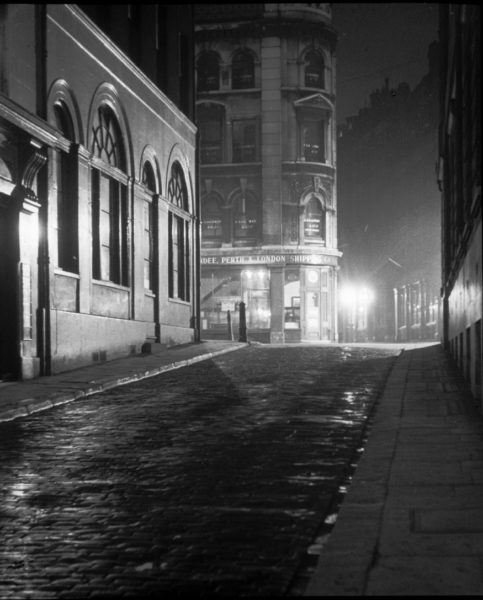
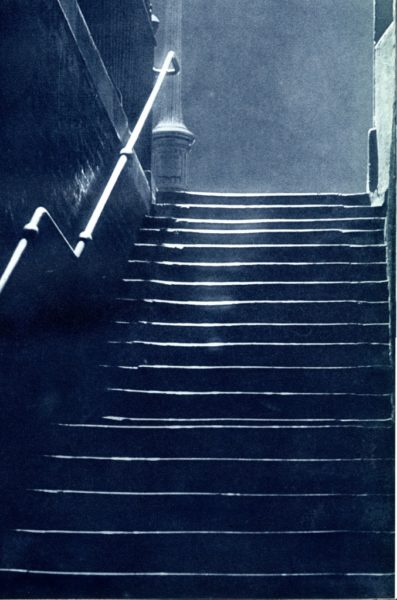
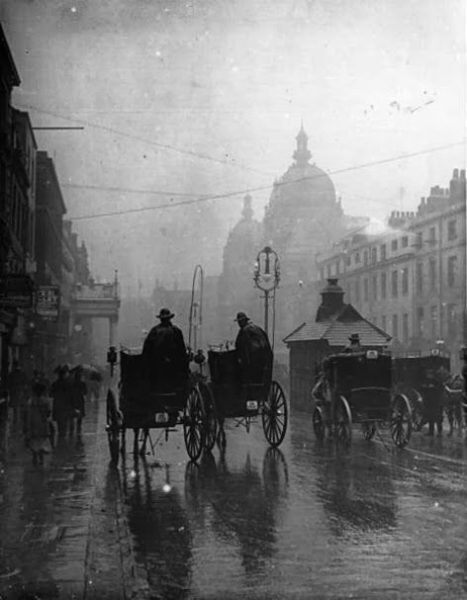
Unreal City,
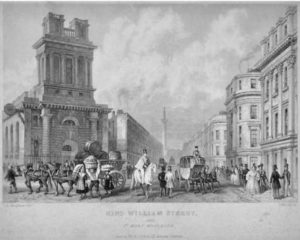
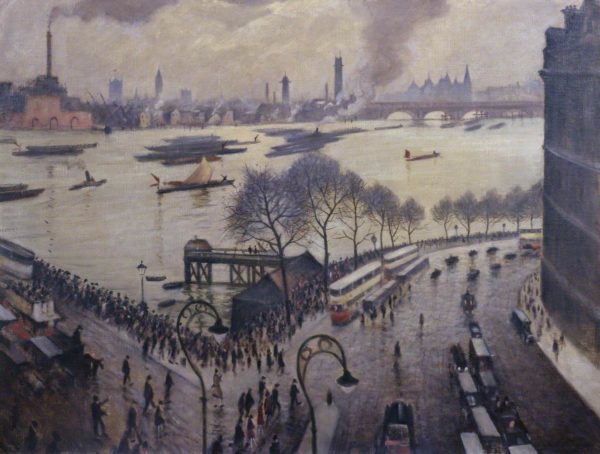
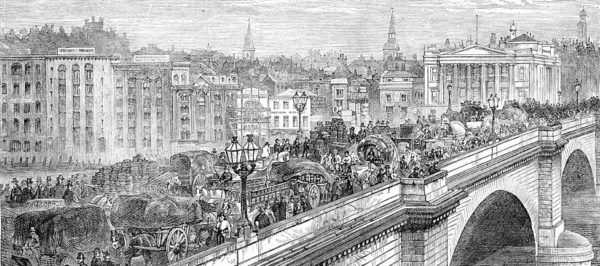
Is this James Boswell the biographer of Samuel Johnson?
He also arrived in London at the age of 19 – escaping the restraints of his ancestral Scottish home in 1760 – and became besotted with the city and its pleasures.
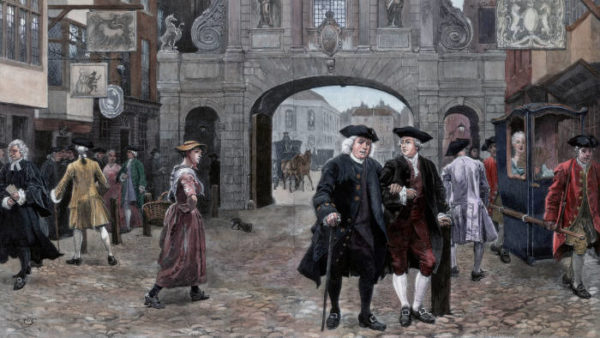
Or is it James Edward Buchanan Boswell (1906 –1971) the New Zealand-born. British painter, draughtsman, and socialist.
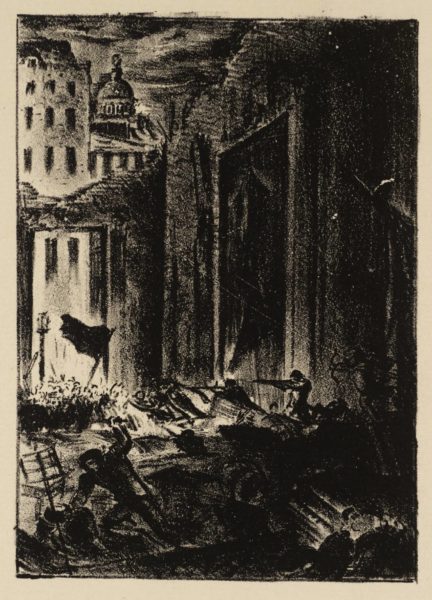
The Colosseum is one of eight small lithographs Boswell made in 1933 describing The Fall of London. Ron Heisler believes that they were originally conceived for a book by Frank McIlraith and Roy Connolly called Invasion From The Air which describes a Fascist invasion of England (information supplied by Ron Heisler August 2003). The theme of the book, which was published in 1934, is reminiscent of Boswell’s prints, which illustrate both popular uprisings in the City of London and horrific scenes of the city in ruins. The scene is one of violence and conflict as armed men shoot at the advancing crowds of people waving flags and banners. – The Tate
Going to visit Whistler
This would be the American-born, British-based artist James Abbott McNeill Whistler(1834-1903) who invented fog. And not Rex Whistler (1905-1944) the British artist, designer, and illustrator who was the first of the Guards Armoured Division to die in Normandy, July 1944.
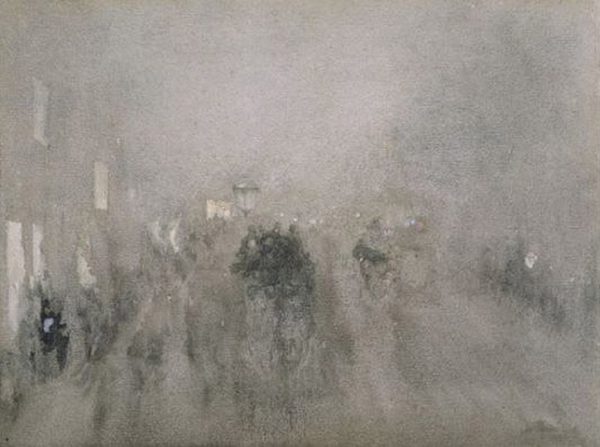
I am bored to death after a certain time away from Piccadilly! – I pine for Pall Mall and I long for a hansom! – … I begin rather to wish myself back in my own lovely London fogs! They are lovely those fogs – and I am their painter! – James McNeill Whistler (1834-1903) 1980
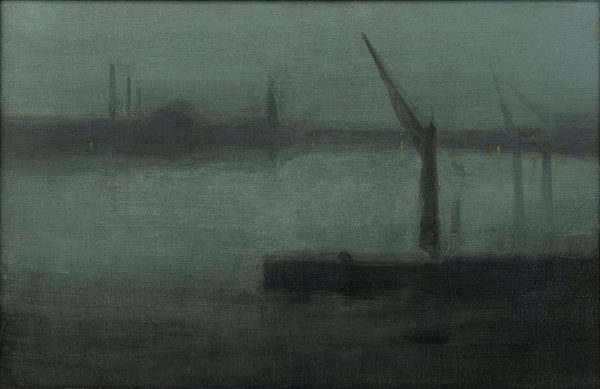
And when the evening mist clothes the riverside with poetry, as with a veil, and the poor buildings lose themselves in the dim sky, and the tall chimneys become campanili, and the warehouses are palaces in the night and the whole city hangs in the heavens, and fairy-land is before us – then the wayfarer hastens home; the working man and the cultured one, the wise man and the one of pleasure, cease to understand, as they have ceased to see, and Nature, who, for once, has sung in tune, sings her exquisite song to the artists alone. – James McNeill WhistlerTen O’Clock Lecture,1885. Whistler’ made the London fog aesthetic.
‘There may have been fogs for centuries in London. I dare say there were. But no one saw them, and so we know nothing about them. They did not exist until art had invented them.’ Oscar Wilde, ‘The Decay of Lying’
Whistler was fascinated by fogs. And it was Whistler and the artists that Oscar Wilde credited with ‘the invention of fogs.’
Where, if not from the Impressionists, do we get those wonderful brown fogs that come creeping down our streets, blurring the gaslamps and changing the houses into monstrous shadows ? To whom, if not to them and their master, do we owe the lovely silver mists that brood over our river, and turn to faint forms of fading grace curved bridge and swaying barge ? The extraordinary change that has taken place in the climate of London during the last ten years is entirely due to this particular school of Art. You smile. Consider the matter from a scientific or a metaphysical point of view, and you will find that I am right. For what is Nature? Nature is no great mother who has borne us. She is our creation. It is in our brain that she quickens to life. Things are because we see them, and what we see, and how we see it, depends on the Arts that have influenced us. To look at a thing is very different from seeing a thing. One does not see anything until one sees its beauty. Then, and then only, does it come into existence. At present, people see fogs, not because there are fogs, but because poets and painters have taught them the mysterious loveliness of such effects. There may have been fogs for centuries in London. I dare say there were. But no one saw them, and so we do not know anything about them. They did not exist till Art had invented them. Now, it must be admitted, fogs are carried to excess. They have become the mere mannerism of a clique, and the exaggerated realism of their method gives dull people bronchitis. Where the cultured catch an effect, the uncultured catch cold. – Vivian to Cyril, from ‘The Decay of Lying’, Oscar Wilde
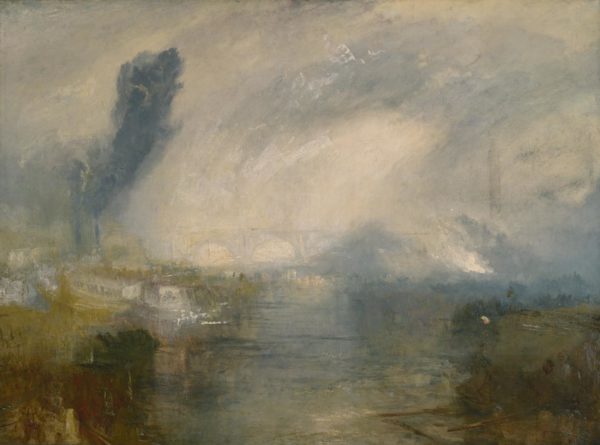
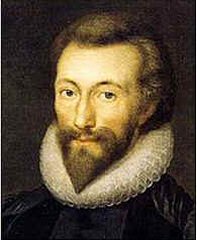
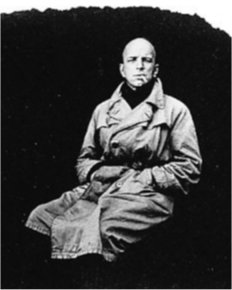
We have heard the chimes at midnight, Master Shallow – Falstaff, Henry IV, part 2 | Act 3, Scene 2 Justice Shallow and Falstaff spin yarns about their shared reckless youth and their escapades at the inns of the city.
Of course, there has to be Shakespeare.
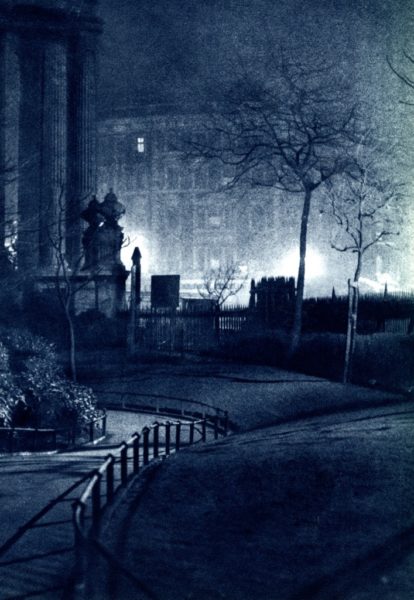
The City is empty. Night
Watchmen are drinking their tea,
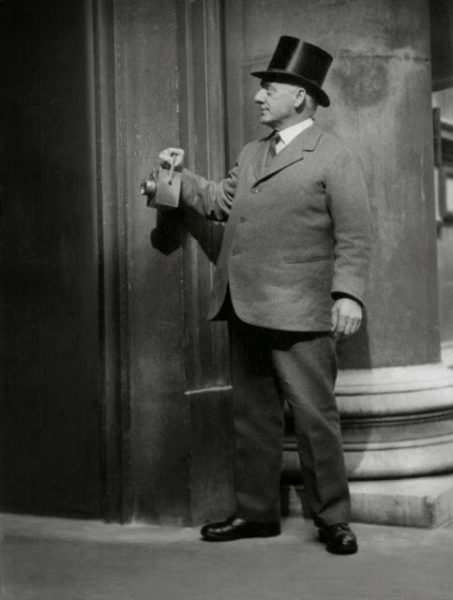
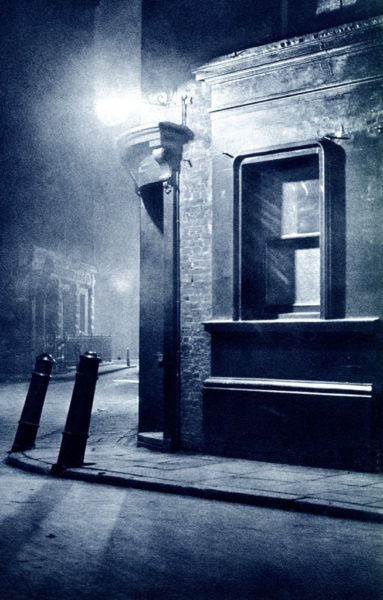
The Fire had burnt out.
The Plague’s pits had closed
And gone into literature.
The Fire of course was the Great Fire of London that destroyed the medieval city inside the Roman Wall.
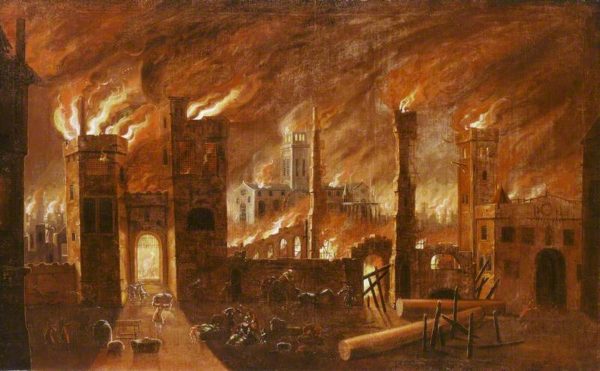
The literature refers to Daniel Defoe’s A Journal of the Plague Year. It’s a novel, first published in 1722 that chronicles one man’s experiences of 1665 when the Great Plague – or the bubonic plague – struck the City of London. Huge pits were dug to bury the dead.
According to the Bills of Mortality, there were in total 68,596 deaths in London from the plague in 1665. Lord Clarendon estimated that the true number of mortalities was probably twice that figure. The next year, 1666, saw further deaths in other cities but on a lesser scale.
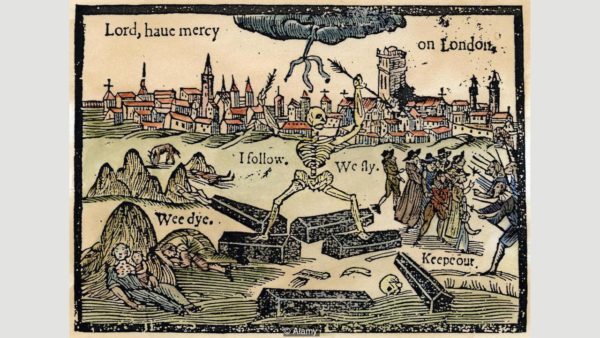
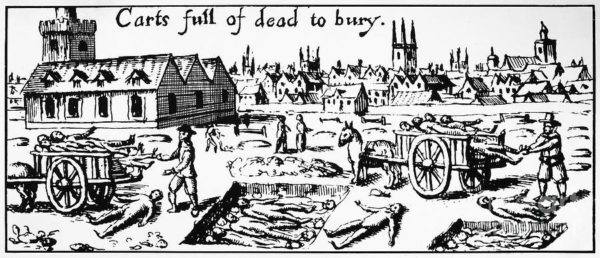
The Flea
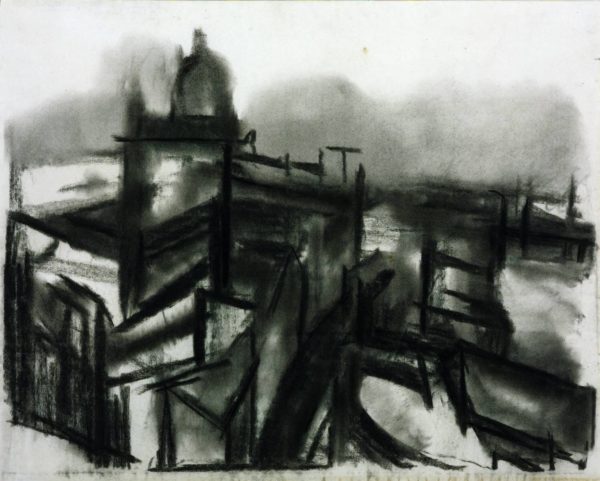
St Paul’s and River
1945
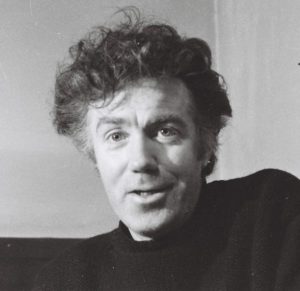
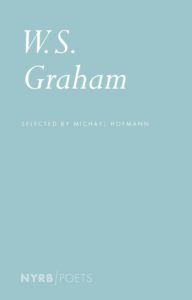 T.S.Eliot did say “Yes” to Graham and Faber and Faber published Graham’s poetry in the 1940’s and 1950’s.
T.S.Eliot did say “Yes” to Graham and Faber and Faber published Graham’s poetry in the 1940’s and 1950’s.
A new volume of Selected Poems edited by Michael Hofmann was published this fall to mark the centenary of his birth.
“Does it disturb the language?”
W. S. Graham liked to ask about a poem.

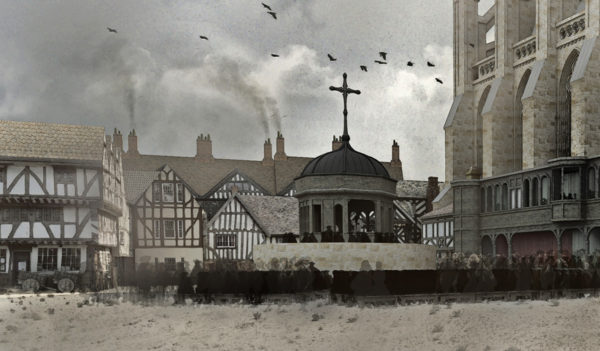


This post is wonderful. There’s so much in it that I want to hoard and remember. Who wouldn’t want to see Henry James and Sylvia Plath walking together? I’m sure Henry would have done Sylvia a lot of good and she would have been so entertained by him. The pictures are wonderful. The St. Dunstan’s Hill photograph makes me want to step into it. Thank you.
Gwen.
Such fun to imagine such meetings and the conversations (and other things) that might ensue. The arguments, the flirtations, the competition….
Bloody hell! I love W.S. Graham and this is brilliant!. So helpful.
Thank-you. – Phil
Glad you enjoyed it Phil.
What are some of your favorite Graham poems?
Wonderful poem, and the sort of annotations I treasure.
Made me think of the Dionne Warwick song:
Do you know the way to San Jose?
I’ve been away so long. I may go wrong and lose my way
Do you know the way to San Jose?
I’m going back to find some peace of mind in San Jose….
So true! This poem so captures a moment in youth – any time, anywhere. Drawn to the bright lights, big city seeking fame and glory or at least to be close to it. One’s own miserable, lonely life for a moment illuminated by proximity to greatness and stardom. And London – so vast and all-encompassing – something for whatever scene you’re into – had to be there. For a moment at least. And then reality sets in. You can go home again. And maybe you should. Thanks for the poem.